BREEAM health and social impacts - BREEAM
BREEAM and health and social impacts
About health and social impacts
Our mission is to make the built environment socially sensitive and contribute to the long-term economic growth, health and wellbeing, and resilience of people and communities.
We are advocates and enablers of healthy places and spaces. Through third-party assurance we ensure that critical issues such as ventilation, thermal and visual comfort, and air quality have been addressed at both construction and operation stages.
BREEAM supports solutions in health and social impacts by:
Providing scientifically backed methods for health, wellbeing and social impact assessment at all lifecycle stages.
Providing methods of health and social data collection, management and verification.
Delivering third-party assurance of outcomes.
BREEAM’s approach to health and wellbeing
BREEAM’s objectives for health and wellbeing:
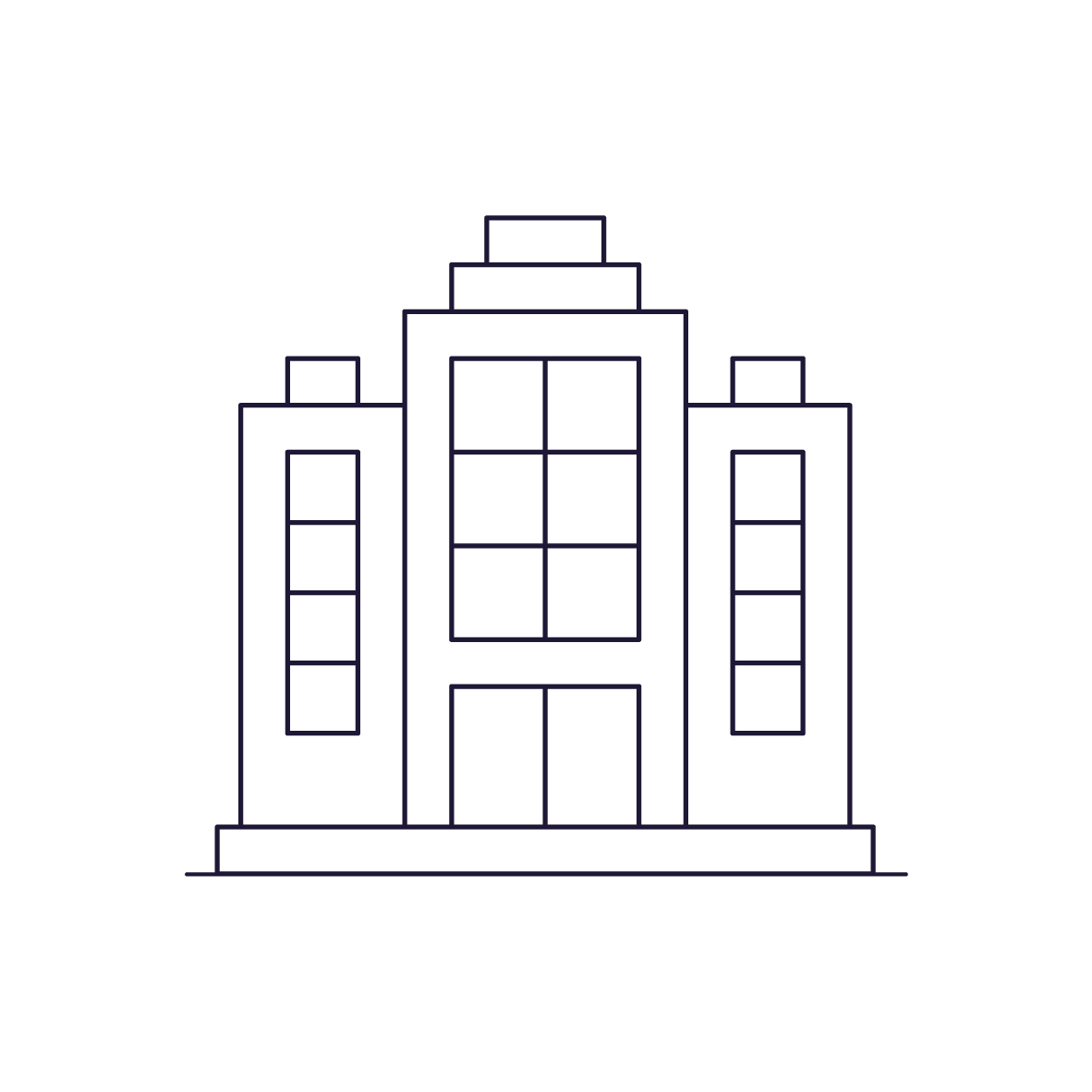
Improve the health and wellbeing of building users.
Better health, safety and wellbeing outcomes during the construction phase.
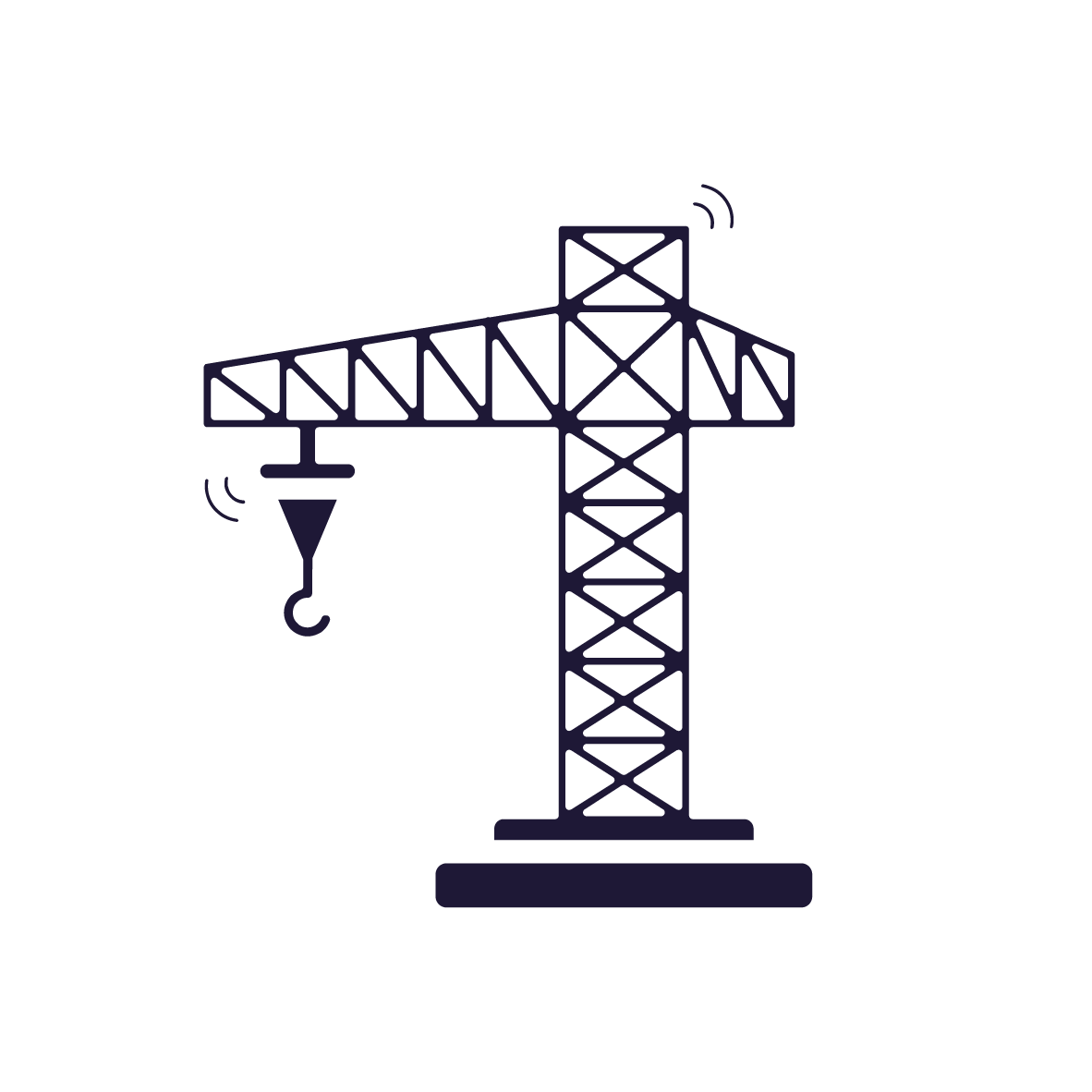
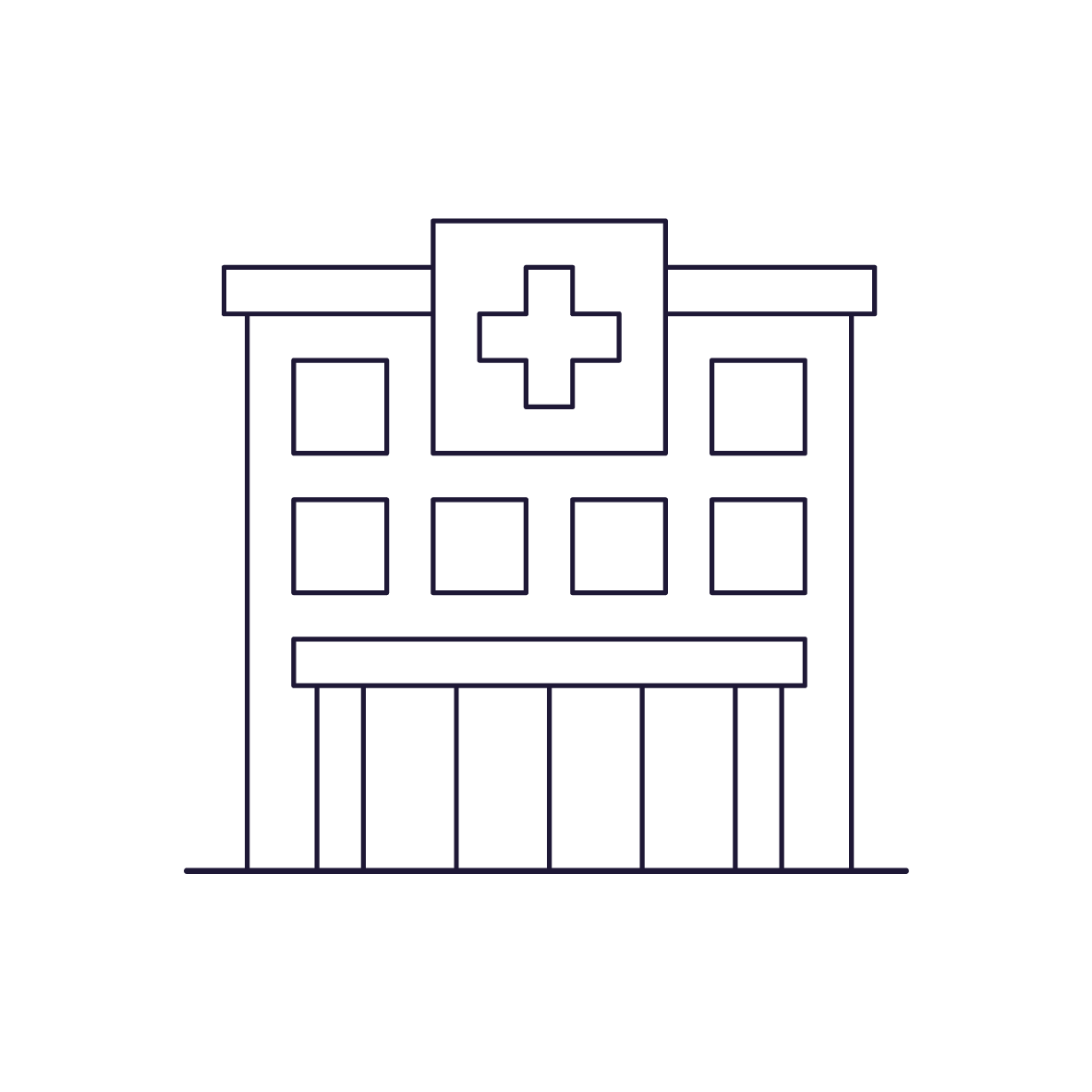
Deliver positive health and wellbeing impacts to neighbours through development.
Collaborate with others working in the health and wellbeing field to achieve common goals.
Collaborate with others working in the health and wellbeing field to achieve common goals.

Health spotlight: BREEAM and COVID-19
Being a science led organisation, we have proactively monitored how the global scientific consensus on COVID-19 has unfolded and developed. One way in which BREEAM helps to manage COVID-19 impacts at both the construction and operation stages is indoor air quality management (IAQM).
Health and wellbeing in operational assets
BREEAM In-Use Version 6 IAQM requirements ensure that there are appropriate management processes in place to help maintain good levels of indoor air quality within a building. Aspects of the requirements relevant to COVID-19 include:
Health and wellbeing in new build and refurbished assets
The current UK and International versions of the BREEAM New Construction and BREEAM Refurbishment standards require ventilation systems to be designed and constructed in accordance with current national best practice standards for ventilation. The existing coverage of ventilation in the current BREEAM New Construction and Refurbishment standards (ensuring a ventilation rate of at least 8 litres per second per person) is in line with the current UK guidelines for lowering the risk of aerosol transmission in workplaces and public environments.
BREEAM and health on a global scale
Sustainable Development Goals
Sustainable Development Goal 3 (SDG3) is specifically focused on ‘good health and wellbeing’. The BREEAM family of standards contribute to SDG3 by encouraging the provision of comfortable, healthy, and safe internal and external environments for asset users and others within the vicinity of a development.
Fitwel and the WELL Building Standard
Fitwel and the WELL Building Standard focus solely on health and wellbeing issues and these complement the health and wellbeing elements of the BREEAM standards. BREEAM has been actively collaborating with these standards to make the respective assessment processes more efficient for clients and project teams pursuing both BREEAM and a wellbeing certification.
World Green Building Council’s Health & Wellbeing Framework
The BREEAM portfolio provides a comprehensive means for stakeholders to demonstrate their alignment to the World Green Building Council’s Health & Wellbeing Framework. The suite of health and wellbeing-related issues currently covered by the BREEAM portfolio are well aligned with the framework’s six principles.
Aspects of social value supported by BREEAM
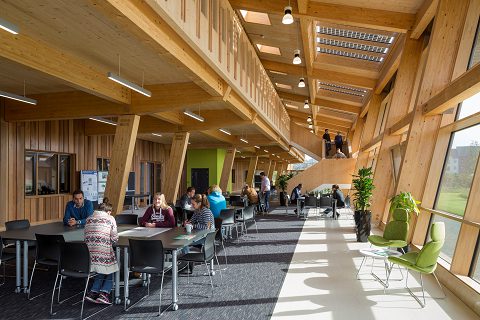
BREEAM supports seven aspects of social value through the application of our standards:
Health and wellbeing of asset users and local communities.
Behaviour changes and awareness raising.
Accessibility and inclusivity.
Resilience, safety, and security.
Asset user and community involvement and engagement.
Local investment.
Social justice and responsible leadership.
SmartWaste, BRE’s environmental and sustainability monitoring and management solution, provides social value data collection and validation capabilities. It supports a range of social impact measures, target setting, the input of proxy values and performance reporting, helping achieve BREEAM credits through effective monitoring and reporting.
Find out more about SmartWaste
Our vision for a socially equitable built environment
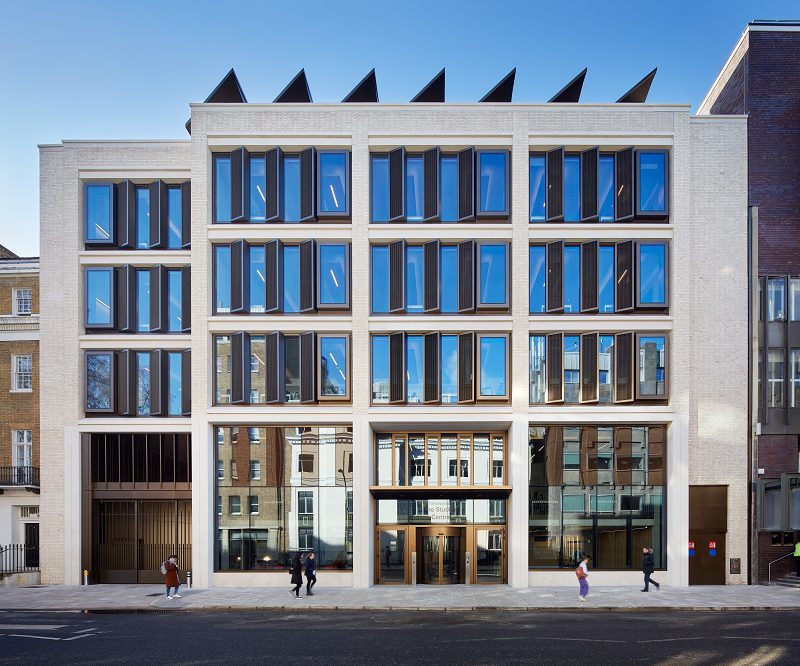
We seek to deliver our vision of a sustainable and resilient world by:
Encouraging social impacts and equity to be a key consideration at each life cycle stage of the built environment.
Driving the delivery of positive social impacts and value as an output from the development and operation of built environment assets.
Contributing to and encouraging industry innovation in the assessment and measurement of built environment related social impacts.
Rewarding built environment assets that generate positive social impact and value.
Incentivising the development and operation of socially equitable places.
Train with us to provide built environment sustainability solutions and learn how to support projects in achieving their health and social goals.
Our BREEAM training courses teach you how to use the world’s leading green building tool to achieve sustainability success. Millions of assets all over the world are registered with BREEAM and starting their journey to sustainability success.
Browse our BREEAM courses
